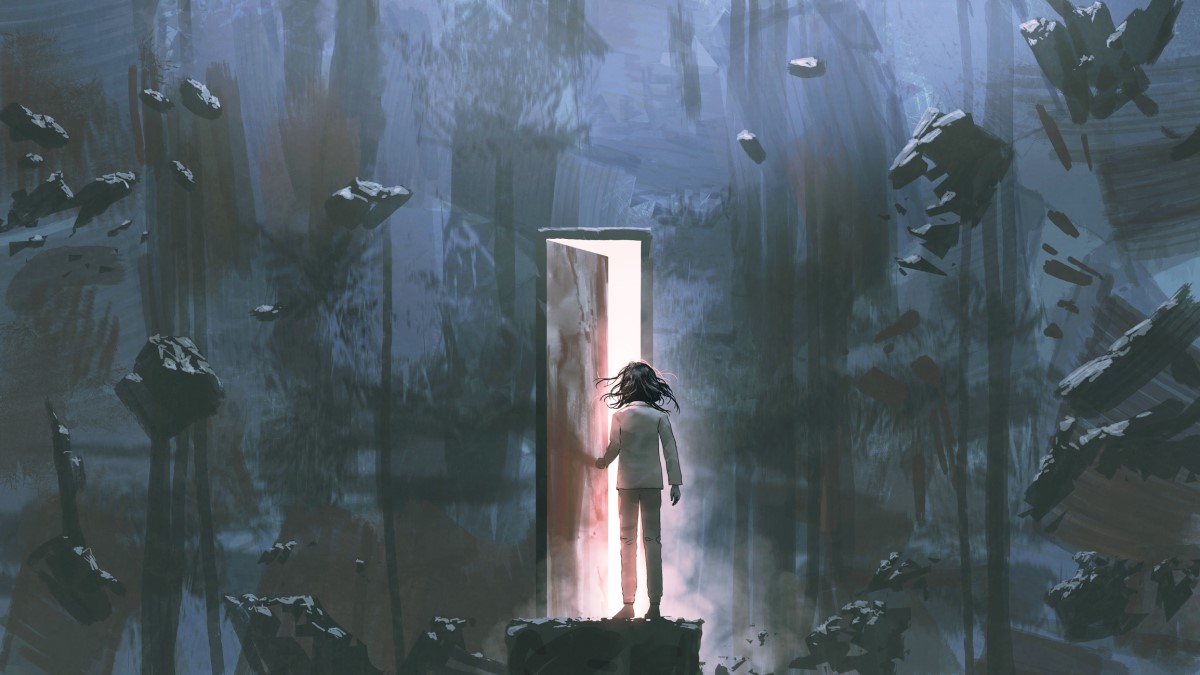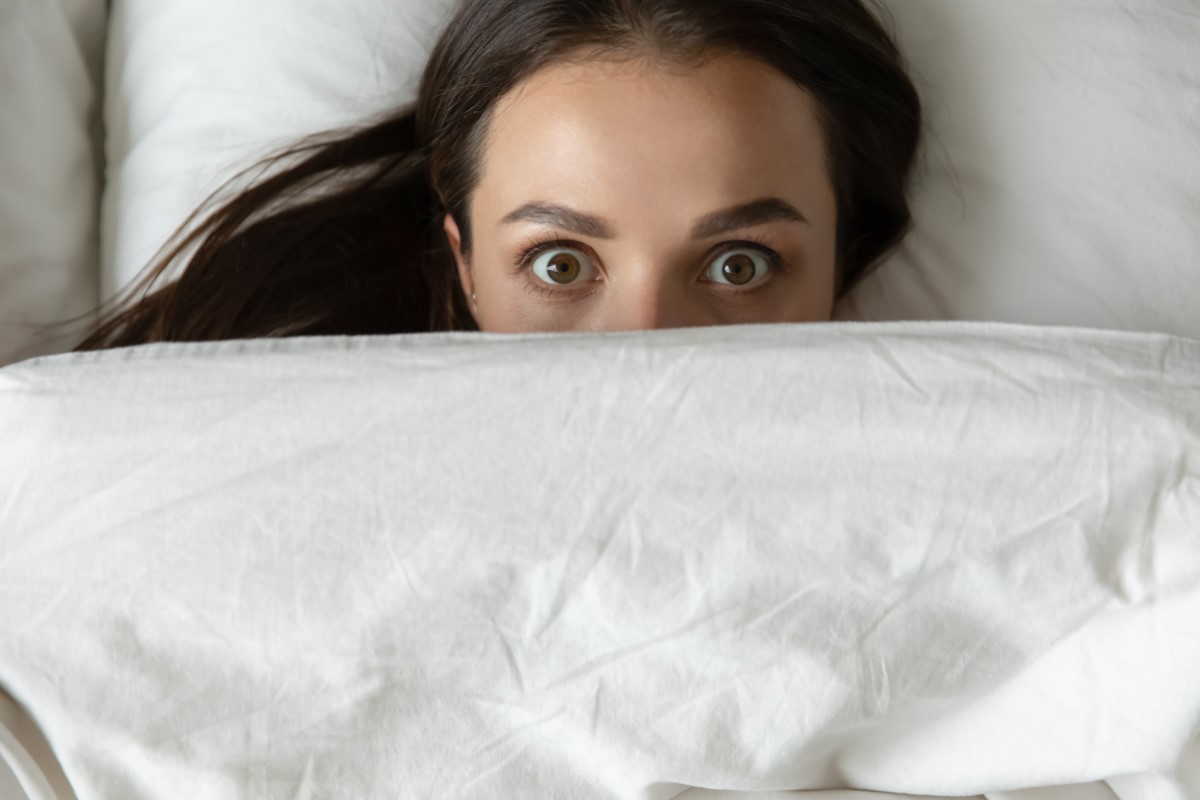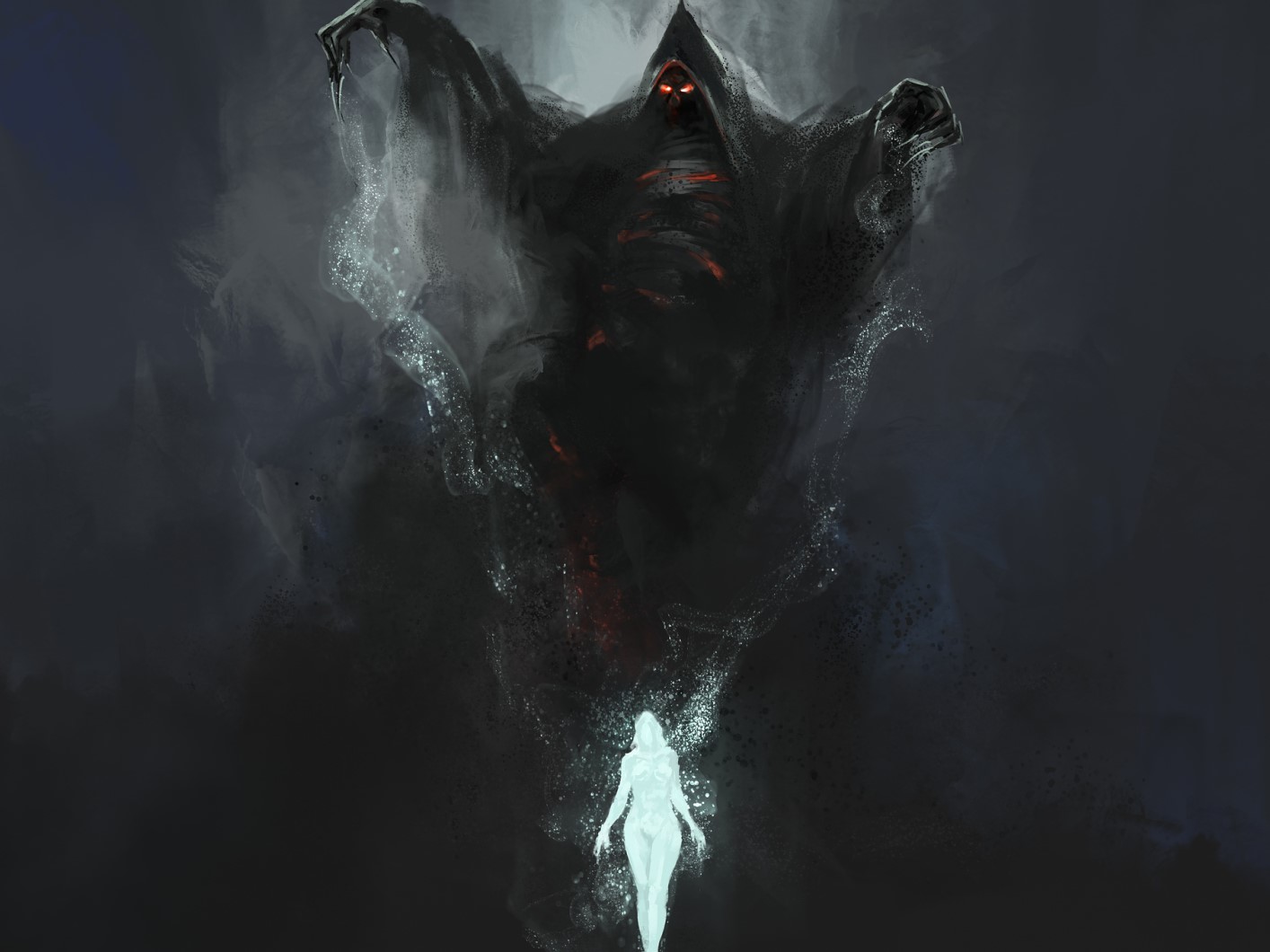What are parasomnias: sleepwalking, night terrors, sleep paralysis and more?

Parasomnias are sleep disorders. They are manifested by movements, talking and various manifestations during sleep.
Most common symptoms
- Malaise
- Hallucinations and delusions
- Muscle stiffness
- Sweating
- Defence
- Paranoid
- Memory disorders
- Fatigue
- Confusion
- Accelerated heart rate
- Increased appetite
Characteristics
Parasomnias are sleep-related disorders that are tied to different stages of sleep. They include abnormal movements, talking in sleep, expressing emotions, and other complex events that take place during sleep.
A partner sleeping in the same room as the individual suffering from parasomnia often thinks the parasomniac is awake. He or she may also make contact, but the parasomniac does not respond.
Examples include night terrors, sleepwalking, nightmares, sleep eating disorders, sleep paralysis, and others.
Characteristics and distribution of parasomnias
Parasomnia is a sleep disorder. Unusual and unwanted physical events occur during sleep. The patient may also experience situations that disrupt his or her sleep and that of a partner.
Parasomnias occur before falling asleep, during deep sleep, or shortly before waking from sleep.
Examples of this disorder include:
- making automatic movements, e.g. with the limbs
- talking
- expressing emotions, e.g. laughing, crying, screaming
- behavioural disorders
- complex and complicated tasks such as moving furniture or even driving a car
There are different types of parasomnias. They are divided according to the stage of sleep in which they occur.
Sleep has two main phases, namely sleep without rapid eye movements (non-REM) and sleep with rapid eye movements (REM). These phases alternate during sleep in so-called sleep cycles. One recurring cycle lasts approximately 90-110 minutes.
There are other parasomnias that are not related to the sleep phase and simply belong to the "other" group.
Rapid Eye Movement - REM - sleep with rapid eye movement.
Non Rapid Eye Movement - non-REM - without rapid eye movements.Interesting information can also be found in the article:
How long sleep is needed? What is REM, non-REM and why do we need to dream?
Sleep without rapid eye movement - non-REM
This stage encompasses the first three stages of sleep. It includes the period from the initial light sleep during falling asleep to about the first half of the night.
The first stage is falling asleep in light sleep, which is called stage N1. This is followed by a deepening of sleep to stage N2. Deep sleep predominates mainly in the first half of the night and is referred to as stage N3.
Parasomnias associated with non-REM sleep
Non-REM parasomnias are characterized by physical and verbal activity occurring during the first third of sleep.
During these complex activities, the individual is not fully awake or conscious, although he or she appears to be. He or she is unresponsive to others' attempts at contact, and may not respond to touch. The next day, he or she usually has no recollection of these events or only fragmentary recollections, often mistaking them for a dream.
Non-REM parasomnias usually appear at a younger age, often in children, and persist into young adulthood, from about 5 to 25 years of age.
Interestingly, non-REM parasomnias have a familial occurrence and are therefore hereditary.
Nocturnal des
This is a sleep disorder in which a person suddenly wakes up in a frightened state. He or she may scream loudly or even cry frantically in fear. Night terrors are usually brief and last about 30 seconds. In rare cases, they can last up to several minutes, sometimes up to a quarter of an hour.
Other symptoms of this type of disorder are:
- rapid heart rate
- wide-open eyes with dilated pupils
- rapid and labored breathing
- sweating

Sleepwalking (somnambulism)
A sleepwalker gets out of bed, moves around the room with eyes wide open, but is actually deeply asleep.
He may mumble nonsensically under his nose, but he may also speak quite coherently and intelligibly.
Performing complex activities such as driving a car or playing a musical instrument is not exceptional, nor are special activities such as urinating in a cupboard or moving furniture.
Sleepwalking can be very dangerous and can lead to injuries not only to the sleeper but also to his or her partner. During sleepwalking, a person is completely unaware of his or her surroundings. Even if his or her eyes are open, he or she cannot see. Therefore, he or she may bump into objects, fall, accidentally hit his or her partner, etc.

Waking up with confusion
In this sleep disorder, the individual may appear to be partially awake but wakes up confused and disoriented in time and space.
On waking, he/she remains lying or sitting up, may have his/her eyes open and may also start crying frantically. He/she often speaks very slowly, has difficulty understanding questions or answers them in a bizarre and incoherent manner.
Such an episode usually lasts for a few minutes but can last for several hours.
Confusional wakefulness is a disorder with a typical onset in childhood and tends to decrease with older age.
Sleep-related eating disorder
Parasomnia with eating disorder is characterized by the consumption of food and drink when the person is partially awake. Such an individual may eat foods or combinations of foods that he or she would never normally eat while conscious, such as raw chicken or slices of butter.
This disorder can be very dangerous. The dangers include eating inedible or toxic foods and eating unhealthy or too much food. Also, accidents and mishaps can occur when preparing or even cooking food.
Rapid eye movement (REM) sleep
REM sleep comes approximately 60 to 110 minutes after falling asleep.
It is sometimes absent or very brief in the first sleep cycle. It gradually increases during the night and becomes predominant in the last third of sleep. Therefore, parasomnias associated with REM sleep occur in the morning in the last third of the night.
During REM sleep, the eyes move rapidly, which is noticeable even under closed eyelids. The heart rate, breathing and blood pressure also increase.
At the same time, vivid dreams occur at this time.
If a person awakens during such a vivid dream, he or she will probably be able to recall part or all of the dream. Similarly, he or she may also remember parasomnias experienced during REM sleep.
Parasomnias that occur during REM sleep
Nightmares
These are very vivid dreams that evoke strong emotions, such as feelings of fear, dread, or anxiety. During a nightmare, a person feels threatened for life or fears danger.
If he or she wakes up during such a nightmare, he or she remembers it accurately and can describe the dream in detail. Fear and difficulty falling back to sleep often follow.
Nightmares most often occur during periods of stress or after a traumatic event. They are also common in infectious diseases accompanied by high fever. People also commonly experience them after extreme fatigue or after drinking alcohol.

Recurrent isolated sleep paralysis
Sleep paralysis is a very unpleasant parasomnia during which the individual cannot move the body or limbs. Such paralysis is most likely caused by prolonged REM sleep - a phase in which the muscles are atonic, i.e. completely relaxed.
Such a disorder occurs either before falling asleep or occurs after waking up.
An episode of sleep paralysis lasts from a few seconds to several minutes.
It is a very disturbing condition. The person is frightened, anxious, and often suffers from fear of sleep for days afterwards.
Sleep paralysis breaks if someone touches or speaks to the sufferer.
REM sleep behaviour disorder
This disorder is characterized by loss of atonia (relaxation) of the muscles during the REM phase of sleep.
The result is abnormal behaviour in response to the dreams the individual is experiencing at the time. This usually involves motor behaviours such as flapping of limbs, kicking, loud talking, shouting, swearing, laughing, crying, etc.
Dreams are usually very violent.
If the person wakes up during the dream, he is oriented. The dream remembers and describes various pursuits by an animal or a dangerous person.
During this parasomnia, the eyes are closed. There are no particularly extraordinary changes in heartbeat or breathing.
The danger of this disorder lies in the risk of falling or injuring oneself or one's partner. The patient is guided by the environment in the dream and not the real environment at the bedside.
This sleep disorder is more common in the elderly. Some people suffer from this disorder when they have a neurodegenerative disease such as Parkinson's disease, dementia with Lewy bodies or after experiencing a sudden stroke.
Other parasomnias unrelated to the sleep phase
Exploding head syndrome
Occurs during falling asleep or waking up.
The individual then hears a loud sound, a noisy explosion or an explosive bang in the head.
It may even be accompanied by a visual imaginary flash of light. This is followed by a violent muscle jerk and a definite awakening with startle.
Sleep enuresis (bedwetting)
This is not the bedwetting that occurs in young children and which is physiological up to a certain age.
To be classified as parasomnia, bedwetting must occur in children aged five years or older. It must also occur at least twice a week for at least three months or more.
Sleep-related hallucinations
In this type of parasomnia, the person experiences hallucinations when falling asleep or waking up.
Most often these are visual or auditory hallucinations. The individual may also experience certain things, such as movement or the presence of non-existent people.
Sometimes the person will leave the bed in fear to escape what they are seeing or experiencing.
Groaning in sleep (catatonia)
This disorder is characterized by moaning during sleep. It occurs in episodes of long moans with sighs or grunts.
Sexsomnia
Persons with this sleep disorder have sexual expressions and behaviors during sleep. There is masturbation, cuddling with a partner in bed. There may be sexual intercourse or even sexual assault.
Prevalence of parasomnia by age and sex
Nightmares are more common in women, but sexsomnia, for example, is conversely more common in men.
With regard to REM sleep behaviour disorders, an increased prevalence is noted in men over 50 years of age.
Night terrors, waking with confusion and sleepwalking have approximately the same prevalence in men and women.
Parasomnias are most common in children, who are more likely to have non-REM sleep disturbances.
The vast majority of children have sleep disorders by the age of 15, but sometimes they can persist into young adulthood.
There is a higher incidence of parasomnias in children who have a neurological or psychiatric condition such as epilepsy, attention deficit hyperactivity disorder (ADHD) or a developmental defect.

Causes
The causes that trigger parasomnias can be divided into two types. The first type are those that disrupt sleep per se. The second category is other general health problems.
1. Sleep disruption problems:
- incomplete transition from wakefulness to sleep
- sleep deprivation
- irregular sleep-wake patterns (jet-lag or shift work)
- medications, e.g. also those intended to induce sleep (benzodiazepines, zolpidem)
- treatment for depression (amitriptyline, bupropion, paroxetine, mirtazapine)
- treatment of psychotic disorders (quetiapine, olanzapine)
- treatment of high blood pressure (propranolol, metoprolol)
- treatment of seizures (topiramate)
- treatment of asthma and allergies (montelukast)
- antibiotics (fluoroquinolones)
- restless legs syndrome
- obstructive sleep apnoea
- chronic or acute pain
- narcolepsy
- circadian rhythm disorders
- periodic limb movement disorders
- lack of maturity of the circadian sleep-wake cycle in children
2. General health problems:
- fever
- stress
- alcohol abuse or dependence
- drugs
- head injuries
- pregnancy or menstruation
- genetic predispositions
- inflammatory diseases of the CNS, e.g. encephalitis
- psychiatric illnesses including depression, anxiety and post-traumatic stress disorder
- neurological diseases, e.g. Parkinson's disease, dementia with Lewy bodies, sudden stroke, cerebral atrophy, multiple sclerosis, brain tumours, migraine and spinocerebellar ataxia
Symptoms
Each type of parasomnia is manifested by different symptoms and characteristics. They are described in detail in the first part of the article.
A summary of some of the symptoms that indicate that parasomnia may be present
- difficulty falling asleep, staying asleep and waking up
- confused waking followed by disorientation
- significant daytime fatigue
- bruises on the body, cuts and other wounds that appear from one day to the next, with no memory of when they happened
- your partner describing to you movements, expressions, vocal utterances or activities you do at night while sleeping that you do not remember or know about
Diagnostics
Diagnosis of sleep disorders is carried out in specialised sleep centres. These centres have the necessary equipment and experts dedicated to the disorders.
An important part of the examination is a detailed medical history from you and your partner or the person sharing your room.
The questions will focus on your personal history, family history, alcohol, drug or medication use.
The doctor will recommend keeping a sleep diary.
It's a good idea to involve your partner. He or she can help you record any events that happened overnight or that take place when you wake up in the morning.
Medical tests for sleep disorders
- Sleep study (polysomnogram)
This is an examination in a sleep laboratory. You will be monitored while you sleep and your brain waves, heart rate, eye movements and breathing will be recorded. All your movements and behaviours will be recorded on video.
Sometimes it is possible to have the tests done at home, but for more severe parasomnias you may need to visit a specialist clinic.
- Sleep electroencephalogram (EEG)
This is a conventional EEG scan with electrodes attached to the surface of the head. These electrodes pick up brain waves during sleep, providing information about brain activity during sleep and wakefulness.
- Imaging examination
The most useful imaging method is CT or MRI. They can show an organic cause of sleep difficulties, e.g. cortical atrophy, degenerative disease, stroke, brain tumour, etc.
- Examination by a neurologist and psychiatrist
Course
The course of parasomnias depends on the type and stage of sleep in which they occur. They are discussed in more detail in the first part of this article.
How it is treated: Parasomnia and sleepwalking
Treatment of parasomnias: medication, sleep hygiene and psychotherapy
Show moreParasomnia and sleepwalking is treated by
Other names
Related










